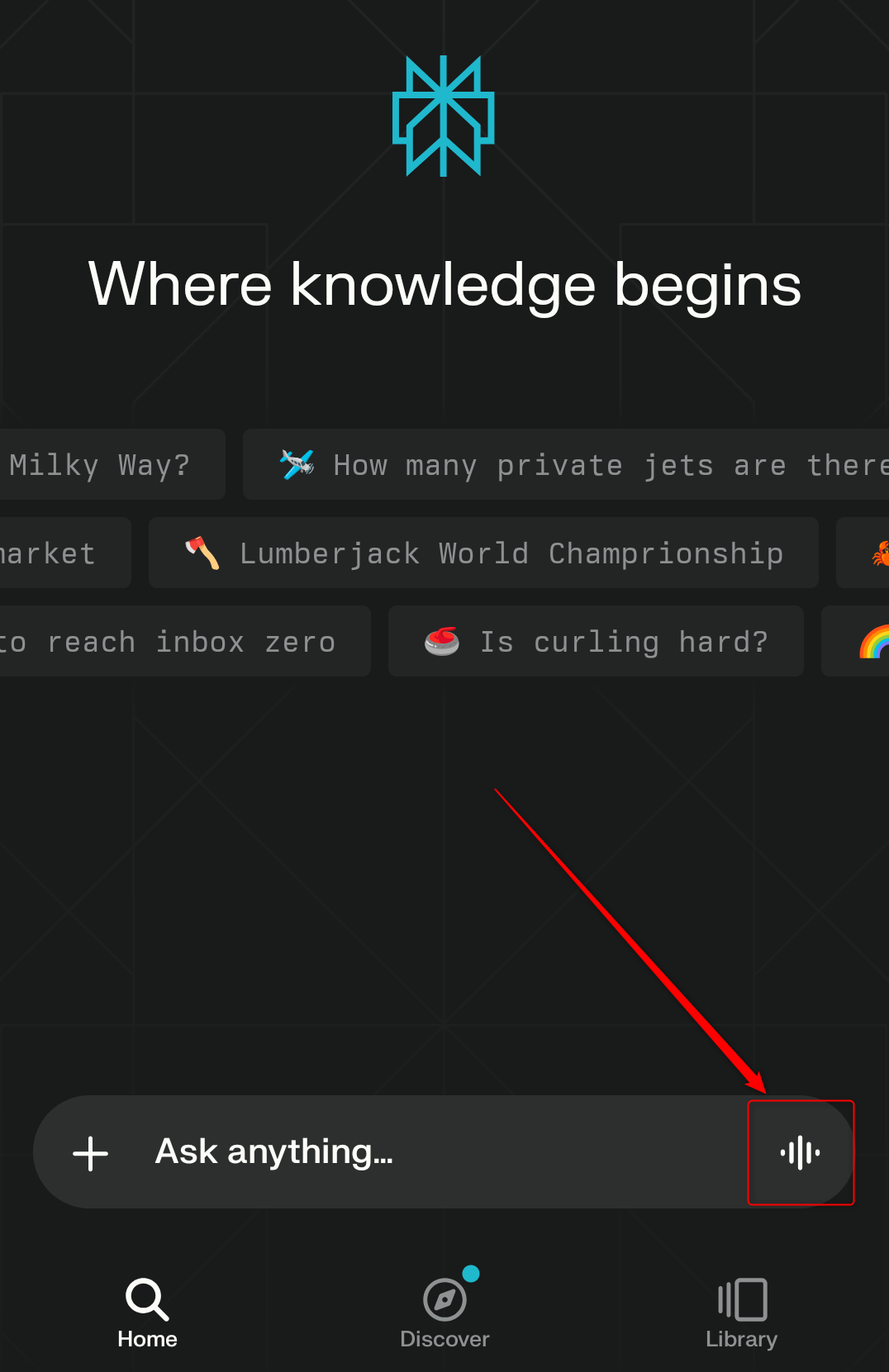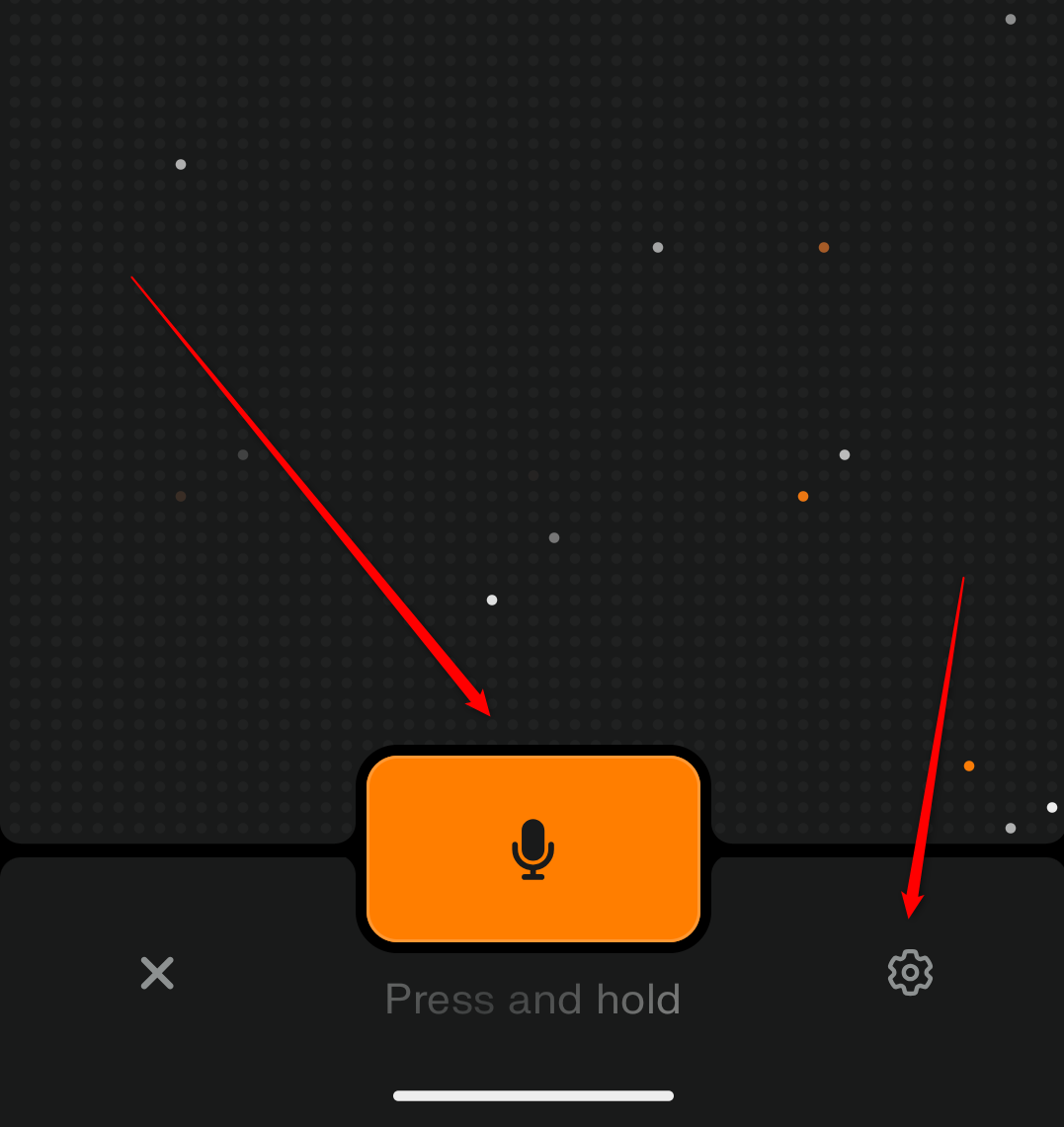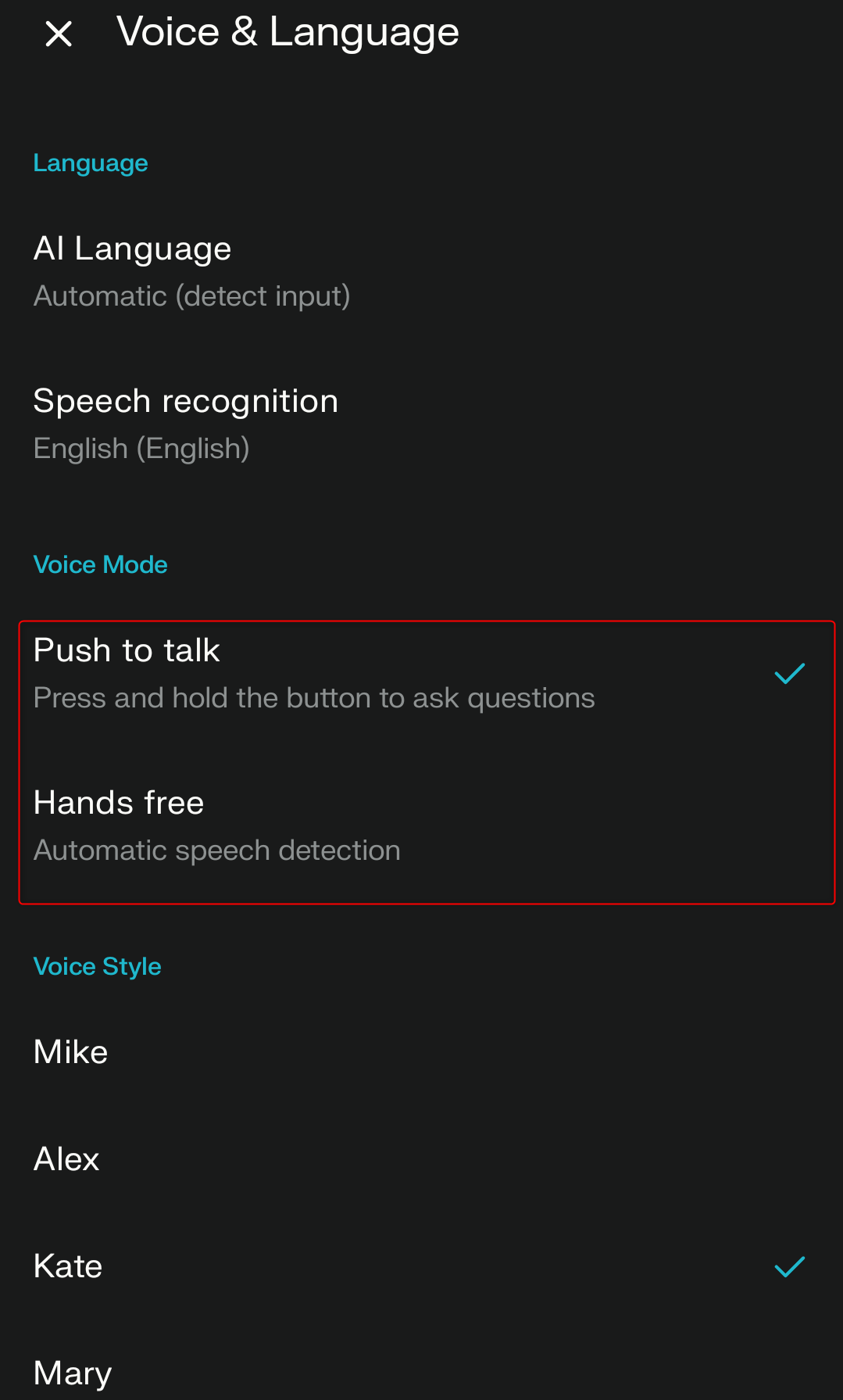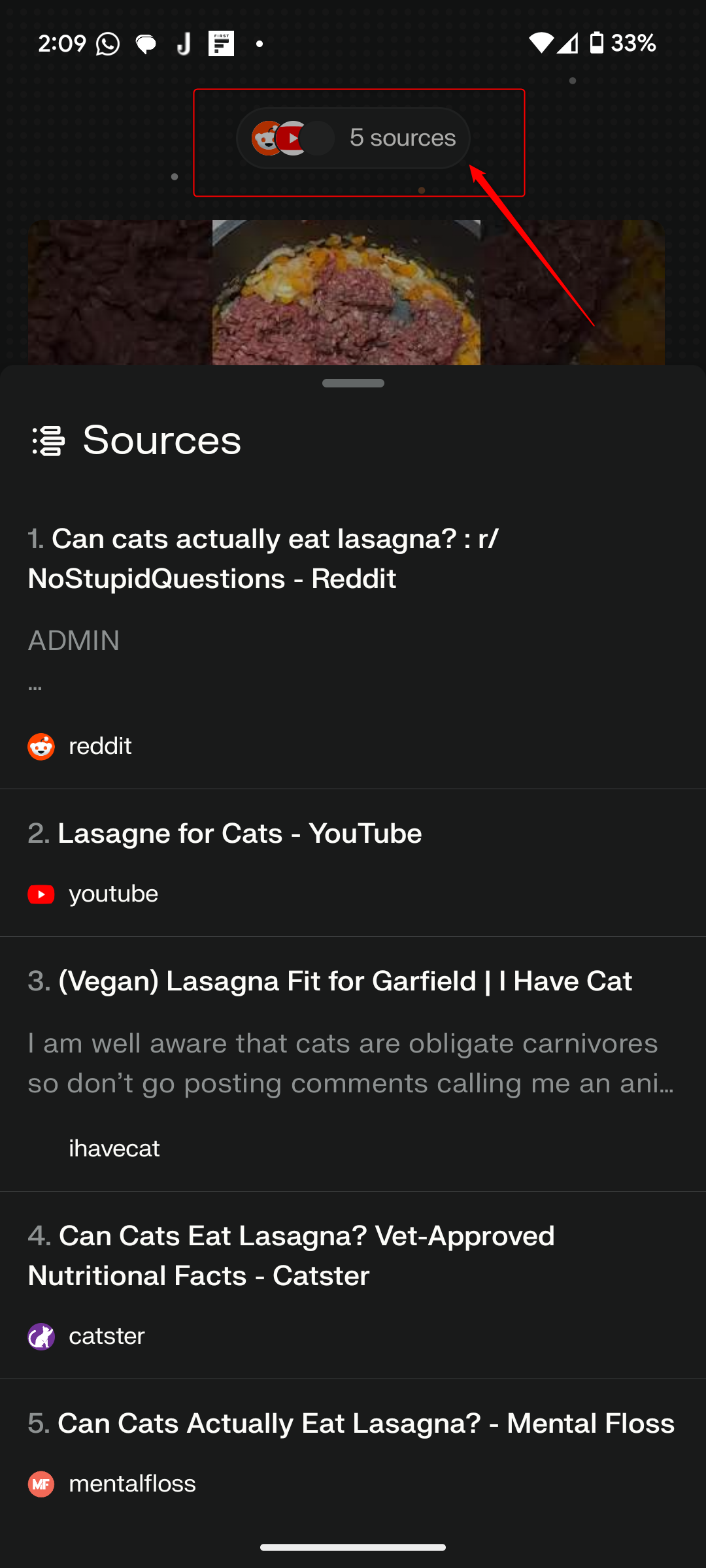Key Takeaways
- Perplexity AI introduced a new voice interface, outshining ChatGPT’s feature with a better user experience and more natural conversational flow.
- Perplexity’s voice feature is more reliable, in contrast to connection issues faced with ChatGPT, and its live transcription enhances the experience.
Perplexity AI just upped the ante by introducing a sleek new voice interface, potentially outshining ChatGPT’s similar feature. The new voice-to-voice chat functionality is currently available to all Android users—with both free and paid accounts. Here’s how it works and why I’m excited.
First, let’s look at how you access the voice interface. Simply press the sound wave button next to the messaging area:
This will open the voice chat interface, which looks like this:
By default, you need to press and hold the mic button, say what you want to say, and release it to send the message to the AI which will then process it and generate a reply. You can also use Hands Free mode by hitting the settings button (cog-wheel) and then switching to your desired Voice Mode.
As you can see, you also have the option to choose between four different voice styles. Mike and Mary have a British accent, while Alex and Kate sound more American. All the voices seem to have a personality and can emote while talking. It isn’t the standard robotic text-to-speech voice that tends to get distracting. But at the same time, the voices still sound like AI and not a human—which I believe is a feature and not a bug.
At the time of writing, Perplexity hadn’t made an official press release as to how the voice feature works. I believe it is doing voice-to-text for your voice input and then generating a text answer, and then doing text-to-voice to generate the voice output. The reason I think this is because when I use notably faster AI models like Claude 3.5 Sonnet, the voice responses are also faster compared to relatively slower models like Claude 3 Opus or Sonar Large 32 K.
While ChatGPT has offered voice interactions for some time, Perplexity’s implementation is more refined and user-friendly. One of the key improvements is Perplexity’s more forgiving approach to accepting voice inputs. Unlike ChatGPT, which can prematurely end input after a brief pause, Perplexity allows you more time to collect your thoughts. This enhancement creates a more natural conversational flow, especially when formulating complex queries or ideas.
Another standout feature is Perplexity’s live captioning. You can both hear and read the AI’s response in real time. This dual-mode output is particularly handy for processing detailed information or following step-by-step instructions, addressing a significant limitation of ChatGPT’s voice-only responses.
In addition, you’ll have an overview of the web sources Perplexity is referencing to generate the answer. To get the complete list of all references, simply click on the Source button at the top of the interface.
And last but not least, Perplexity’s voice feature is just more reliable. I’ve been using the voice chat option for the past 24 hours with my home Wi-Fi, parsed more than 100 queries and faced no connection issues. This is a huge deal, especially if you have experienced sharing a 4-min-long monologue to ChatGPT and it responding with, “Sorry, we are experiencing heavy load at the moment,” and then losing everything you said to oblivion.
Overall, the inclusion of voice chat makes Perplexity that much more useful, further solidifying my stance that it’s the only paid AI chatbot you need. That said, Perplexity can’t generate images during voice chats. I don’t know why you’d want to, but if you do, ChatGPT is still the better choice in this regard!








